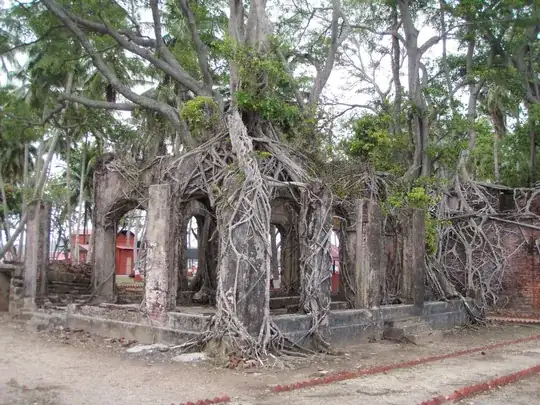As @TheoclesofSaturn mentioned, Chernobyl (the city of Pripyat) is a very good place to start for this. The slow decay of the city allows you to see the effects over the first 30 years.
"Nature reclaims" is the general theme of this. Chernobyl being continental, it has large mammals including lynx, bison and wolves in equivalent numbers to non-contaminated areas.
Areas with solid ground cover e.g. roads, concrete floors, remain recognisable, though trees grow up in any open areas, it'll take a long time for the hard surfaces to break down in the absence of something like Japanese Knotweed.
If the city was something like Manhattan, all concrete high rise, it's going to be distinctively a city, long after a greener lower rise European city like London has mostly blurred back into the forest. The brick buildings will be weakened and slowly demolished by the trees growing around them. The roads slowly lifted and broken up by the root systems from the street trees. This will take decades, easily up to a couple of centuries. More importantly for the effect, the trees will grow taller than, and eventually over and concealing, the houses.
You could have concrete high rise showing over the forests for centuries. Roman concrete structures still exist 2000 years later, so ours will still be showing for a long time to come.
As has been noted in the comments, reinforced concrete breaks down faster than Roman concrete due to corrosion of the metal bars, however the structures will still remain for some considerable time.
